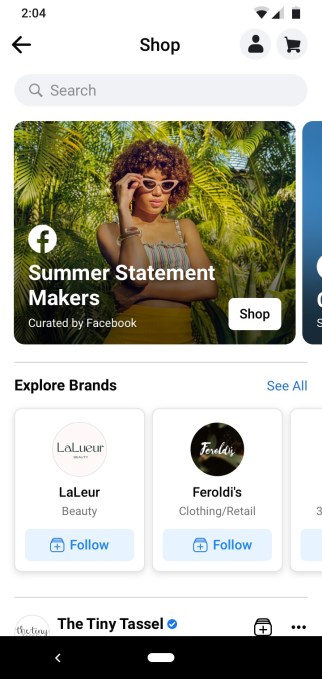Trove, a startup that sells a suite of internal compensation tools to other startups, has quietly graduated from this summer’s Y Combinator batch with millions in venture capital and a whopping valuation.
A16z and Trove did not immediately respond to a request for comment.
The deal likely closed weeks after the company joined the famed accelerator cohort, which went virtual due to the coronavirus pandemic. The startup deferred presenting on Demo Day, Y Combinator’s biannual showcase of all startups within the batch, probably because it raised.
The business, less than a year old, is raising a $16 million round with a $75 million post-money valuation, according to individuals familiar with the deal. Andreessen Horowitz is leading the round. WorkLife Ventures confirmed that it also participated in the competitive round.
Simply put, Trove helps employers compensate their employees. In startups, stock options are a thorny but big part of compensation packages. Trove is a platform that helps managers visualize earnings amid different valuation scenarios, and then communicate those numbers to employees.
The startup is also breaking into the market during a time where startup employees are indefinitely working from home. Compensation gets trickier as perks disappear. What do you pay your San Francisco employee who now lives in Denver and acquires far less costs of living? If the perks disappear, does that turn into cash for an employee? Companies need new benchmarks, and a suite of startups is popping up to help bring clarity.
The company is founded by Matthew Schulman, a former software engineer at Facebook and graduate of University of Pennsylvania Engineering and Wharton school. The company raised a $850,000 pre-seed round in March.
Since Trove did not present on Demo Day, we don’t have a clear understanding of the company’s growth. Trove is one of many startups in the space that are trying to make it easier to understand how to pay employees through cash and equity within a startup. Just last week, Welcome raised $1.4 million with the goal of providing a clear picture of how total compensation works to job candidates. It describes itself as a “first offer management and closing platform.”
Across startupland, the size of seed rounds has been growing. In 2018, the average seed round was $5.6 million. Yet Y Combinator serves as sort of an anecdote for how big the rounds could actually get. Over time, the incubator graduates startups with competitively priced rounds on high valuations.
It hasn’t always been this way. For a sense of how things changed, consider that Trove raised at a $75 million post-money valuation, while Airbnb, which was once a Y combinator company, raised its first check at around a $2.5 million valuation in 2009.
So while high valuations are somewhat expected of Y Combinator graduates, Trove’s raise comes with a pandemic-sized footnote. Startups are closing big rounds even in a remote investment world, showing that the fundraising scene for seed stage startups definitely isn’t as bleak as we thought it would be in early March.
According to California filings, Trove is selling 8 million shares as of August 20th. Given that due diligence takes 30 days, it’s reasonable to believe that the startup was only part of Y Combinator’s cohort for a few weeks before it raised a Series A round.
It’s clear that A16z isn’t shy about placing big valuations on months old companies.
Last summer, the firm landed a lead investor spot with Tandem, another breakout star from the Y Combinator cohort. This year, A16z beat out other investors to lead a financing in Clubhouse, a buzzy app loved by VC and Silicon Valley elite, at a $100 million valuation.
Other investors in Trove include the Graduate Fund, Backend Capital, and Village Global, according to Trove’s website.









